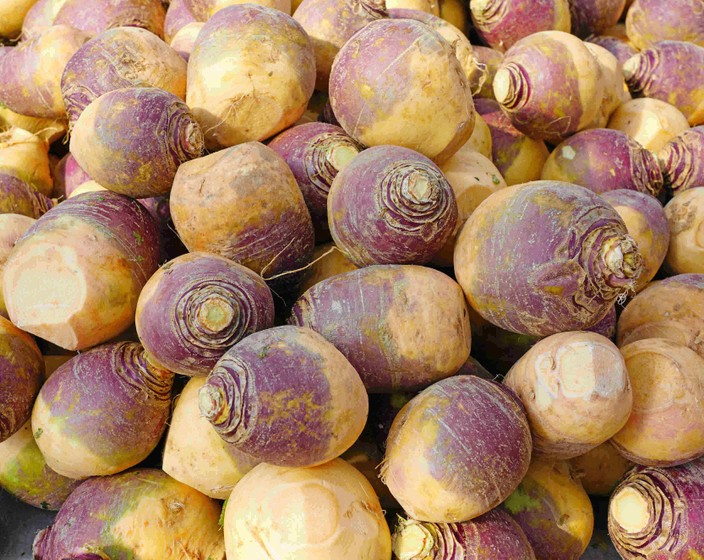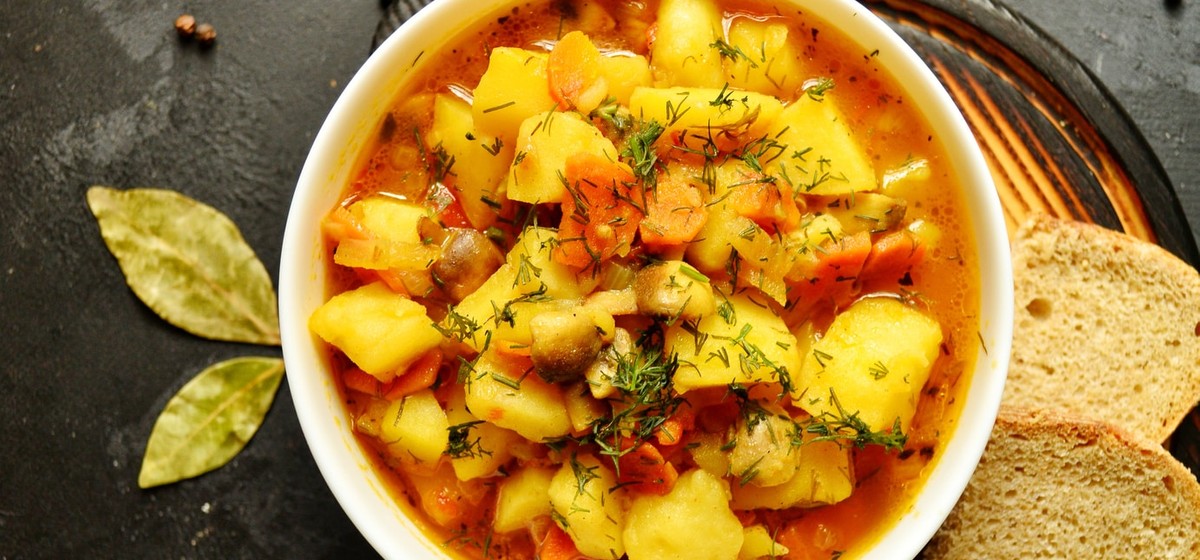January Greenmarket and the Rutabaga




The Union Square Greenmarket in the lower part of Manhattan is an all-year affair, a New York City treasure, and a place for culinary inspiration. It’s teeming with bright and beautiful colors in spring and summer--ripe fruits and vegetables at peak freshness, threatening to perish if you wait too long to act. It’s a cacophony of visual delight, from plush savoy cabbages and delicate pink radicchio to massively plump tomatoes and sweet golden corn. It is during this time of plenty that extends to fall that I feel most inspired and come to think of the farmer’s market as my happiest place.
It’s easy to vary my cooking each spring and summer day with such bounty. It’s a time when dishes of five ingredients satiate the most ravenous of needs: tomato, basil, fresh mozzarella, olive oil, balsamic vinegar. Or sweet corn, butter, soy sauce. Spring, summer, and early fall vegetables leave little to the imagination. It’s a duty to imbibe so much of this freshness when you know that leaner times are ahead.
Committing to buy the bulk of my fruits and vegetables from the Greenmarket has benefited me in a number of ways. I get to have a better sense of connection with local economies and the people who toil for my food. I note the passage of time, have a deeper sense of what pops out of the soil when, and experience an incredible yearning for spring in the tail end of winter. Besides this, food made with market produce tastes better. It has soul, it feels alive.
Winter, then, can be a challenge. So far, I’d learned to jar tomato sauce made during the summer to extricate myself from the monotony and guilt associated with buying grocery store produce. Other than not tasting as good, the predictability of what’s available in a grocery store can take the fun out of cooking. The joy of improvisation evaporates along with my resolve to be creative, to try cooking with things I haven’t cooked with before.
In winter, my trips to the Greenmarket typically bears little fruit, as the monotony is of a different sort. It is the time of downtrodden turnips, kludgy carrots, and burly beets. There are no primary colors; only earth and mud tones. My derision masks discomfort, can you tell? This year, therefore, I decided to tackle a winter-vegetable nemesis: the monstrous-looking rutabaga.
The strange vegetable is a cross between the wild cabbage and a turnip. They can be enormous, with swollen necks covered in leaf-base scars, and tangled roots sprouting from hither and thither on the other end. Its Swedish name seems appropriate: rotabagge (rot = root + bagge = bunch). I’d never tasted rutabaga, nor seen one prepped, boiled, skinned, mashed, or roasted. It was a perfect mystery and ripe for exploration.
I grabbed the largest, most intimidating one and headed over to pay at one of the farm stands. There was Tibetan pop streaming from the speakers, and the clerk seemed friendly, so I asked if he’d ever cooked rutabaga before. With much enthusiasm, Jampa told me that he made rutabaga soup all the time, and ate it all year long with his wife. He suggested equal parts rutabaga, carrots, celery root (bonus = another new and gnarly root vegetable!), and some Yukon Gold potatoes for thickness. When I pressed him for more details on his process, he added that he started the pot off with some onion, garlic, ginger, and masala spice. For variety, he suggested switching up the celery root with sunchokes.
At home, I filled in the rest. I used clarified butter to sauté the onion, garlic, and ginger along with generous pinches of tandoori masala. I chopped the veggies into roughly uniform cubes, and sautéed them until they were soft, adding cayenne, onion powder, garlic powder, and dried parsley before covering with vegetable broth. I fought the urge to puree the whole thing to a mush, and instead trusted that by cooking it for nearly 45 minutes on low heat and covered, I could enjoy a hearty stew rather than a soup.

The result was victorious. It was a vibrant, turmeric-colored stew from the curry and the yellow carrots. The combined sweetness of the carrot and the rutabaga contrasted incredibly with the bright earthiness of the celery root and slight heat. I started to think of new variations: leek in addition; butternut squash instead of potato; miso later on in the process rather than masala in the beginning. It felt like the beginning of a new kind of nourishing season.